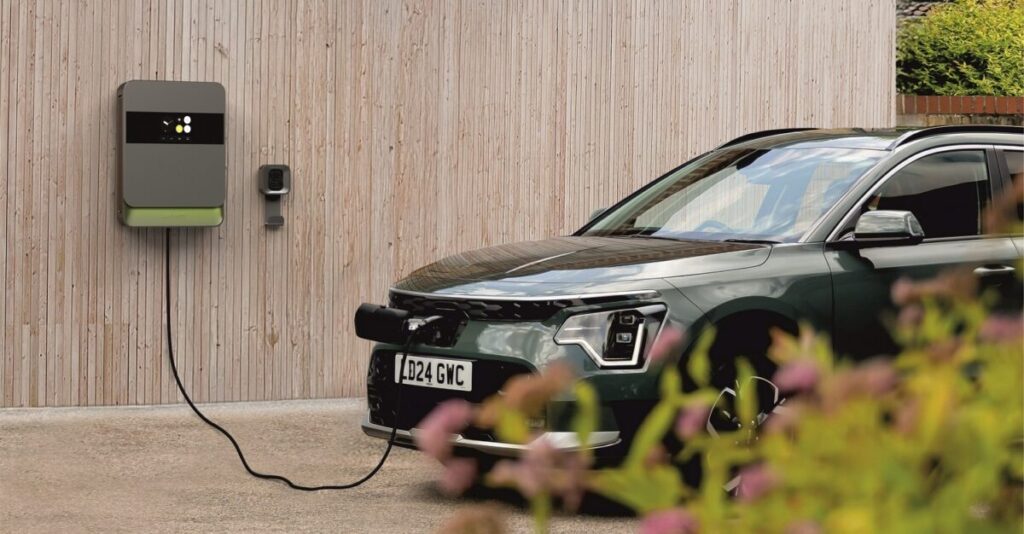Evert has unveiled technical and availability details from its new Power Management Unit, a wallbox that acts a bidirectional DC -Electric vehicle charger of 22 KW, a PV converter of 20 kW and an energy management system for home. The Norwegian startup focuses on residential users who are looking for integrated EV and solar energy solutions.
Norwegian Startup Evert has launched its Power Management Unit (PMU), a Wallbox that integrates a Bidirectional 22 KW DC DC Electric-Vehicle (EV) charger, a 20 kW PV-Omsorter, equipped with 3 independent Maximum Power Point (MPP) trackers, for residential and commercial installations. It includes a Home Energy Management System (Hems) that supports dynamic electricity rates.
“We have a bidirectional DC charger and inverter combined in one slender wall box. It is made for fast installation with minimal wiring. What is more, the embedded systems are designed to support Vehicle-to-Home (V2H) from the first day,” Evert co-founder and Ceo Kristoffer Fossan told PV Magazine.
The company draws up distribution and will take orders for delivery early next year. “Our long-term strategy is Pan-European, but we start in the German-speaking countries of Europe, Germany Austria and Switzerland (Dach), first followed by Poland,” Fossan said. “There are conversations with local distributors.”
The Evert PMU can be used to integrate solar panels, battery storage, electric vehicles and smart devices. The Hems software supports dynamic rates and integrations of virtual power centers.
The maximum DC entrance of PV is 28.6 kW. The maximum input voltage per MPP tracker is 1,100 V and 700 V nominal. The AC -Nominal power is 22 kW with maximum of 24.2 kW and nominal output voltage of 3 x 380 V.
The EV charger is 22 kW DC maximum power with a voltage range of 150-800 V. The voltage range of the battery module is 160-800 V.
The operating temperature range is -25 to 65 C. The unit has an IP54 housing and a 10 -year guarantee. It measures 700 mm x500 mm x350 mm.
Evert emphasizes the value of his embedded software that says it can benefit the grid operator, installers and the homeowner. “Software is our strength,” Fossan said, stating that the intelligent load -balancing has been developed to optimize distribution and prevent grid over tax. The “Unified App Ecosystem” software has been developed for both installers and homeowners to enable them to check, update and control the various connected batteries and inverter systems.
“The installation app is so streamlined that you hand over a fully working system in less than two minutes,” Fossan said.
This content is protected by copyright and may not be reused. If you want to work with us and reuse part of our content, please contact: editors@pv-magazine.com.

